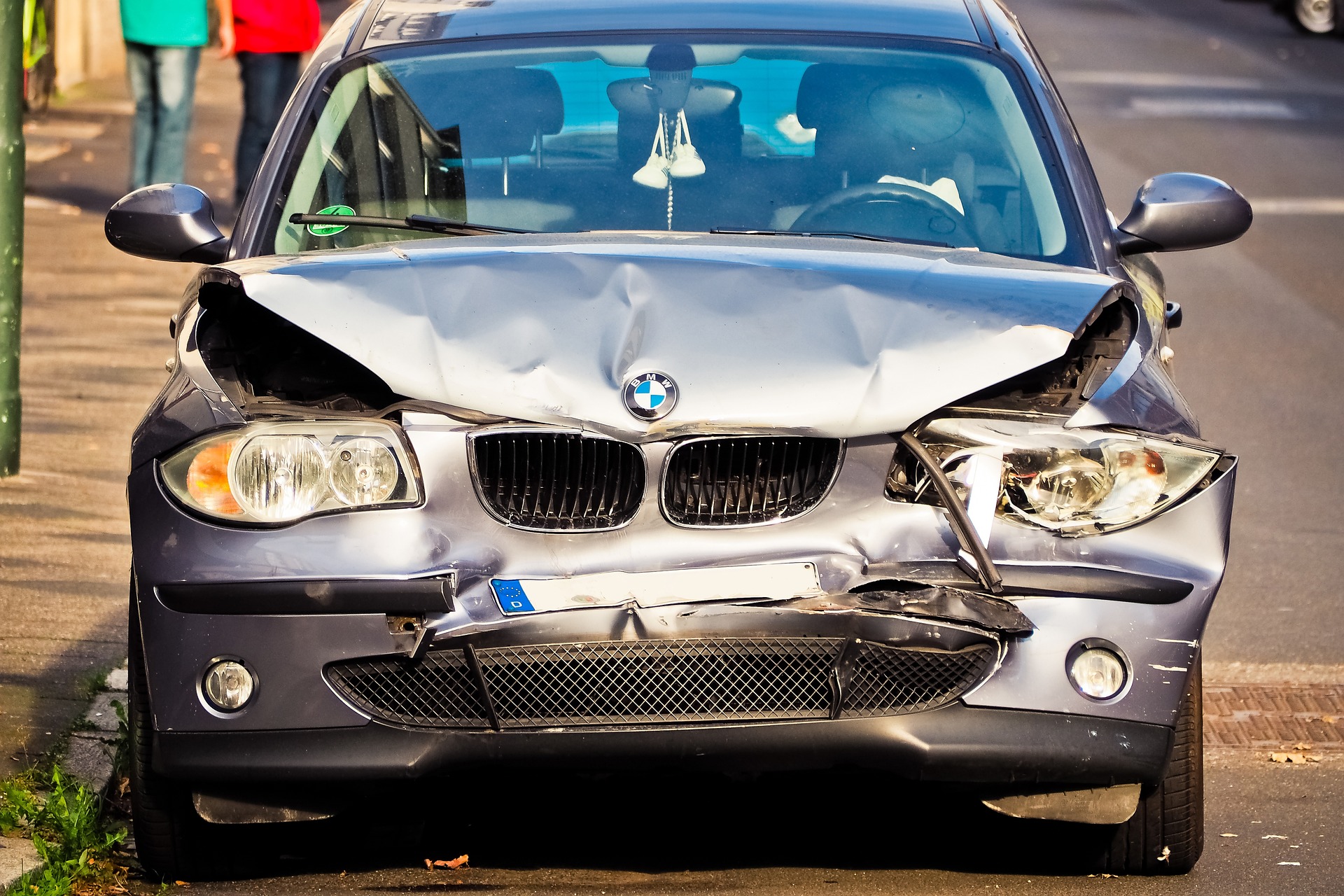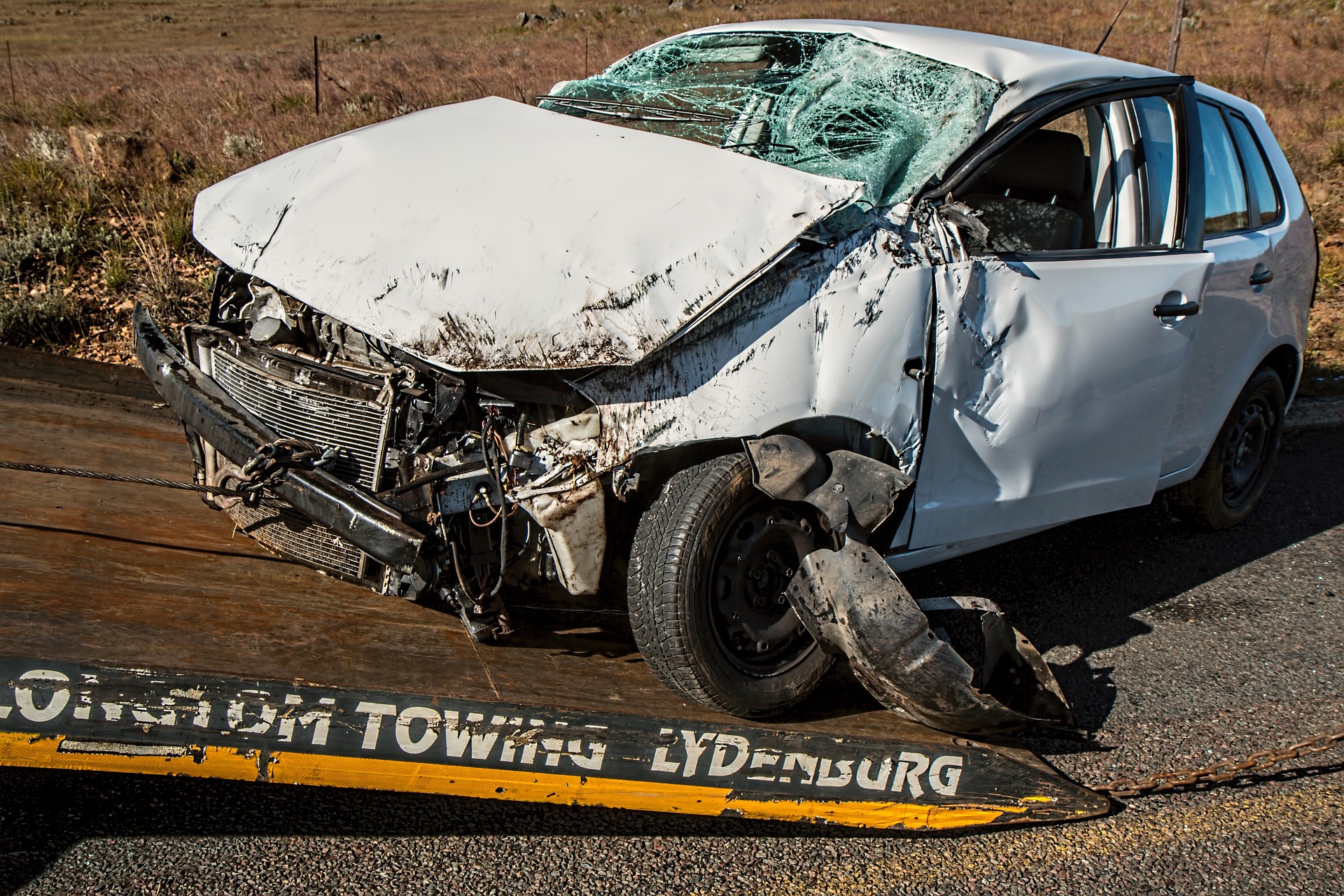Lyft is one of the most popular ridesharing platforms in the US, with millions of drivers and passengers using it every day. However, accidents can happen anytime, anywhere, and to anyone. If you’ve been involved in an accident while using Lyft, you may be wondering how to file an insurance claim with Lyft. Who is responsible for the damages? What kind of coverage does Lyft provide? How long does it take to get compensated? These are some of the questions that may be running through your mind.
Don’t worry, we’ve got you covered. In this article, we’ll walk you through the process of filing an insurance claim with Lyft, whether you’re a driver or a passenger. We’ll also provide some tips on how to get the best outcome for your claim and avoid common pitfalls. By the end of this article, you’ll have a clear understanding of how to file an insurance claim with Lyft and what to expect along the way.
What Kind of Insurance Does Lyft Provide?
Before we dive into the details of how to file an insurance claim with Lyft, let’s first understand what kind of insurance coverage Lyft provides for its drivers and passengers. Lyft has a complex insurance policy that varies depending on the state and the phase of the ride. Here’s a breakdown of how it works:
Coverage When the App is Off
If you’re a driver and your app is off, your personal auto insurance coverage applies. This means that if you get into an accident while driving your own car for personal use, you’ll have to file a claim with your own insurance company and follow their procedures.
Coverage When the App is On and Waiting for a Ride Request
If you’re a driver and your app is on but you haven’t accepted a ride request yet, Lyft maintains third-party liability insurance for covered accidents if your personal insurance does not apply. This means that if you get into an accident while waiting for a ride request, Lyft’s insurance will cover the damages to the other party (such as another driver or a pedestrian) up to certain limits. These limits vary by state, but they are generally:
- $50,000/person for bodily injury
- $100,000/accident for bodily injury
- $25,000/accident for property damage
However, these limits are lower in Arizona and Nebraska, where they are:
- $25,000/person for bodily injury
- $50,000/accident for bodily injury
- $20,000/accident for property damage
Note that this coverage does not cover your own injuries or damages to your own vehicle. For that, you’ll need to rely on your personal insurance or purchase additional coverage from Lyft or another provider.
Coverage When the App is On and Picking Up Passengers or During Rides
If you’re a driver and your app is on and you’ve accepted a ride request or are transporting passengers, Lyft maintains the following insurance for covered accidents:
- At least $1,000,000 for third-party auto liability
- First party coverages, which may include uninsured motorist coverage, underinsured motorist coverage, personal injury protection (PIP), medical payments (MedPay), and/or occupational accident coverage
- Contingent comprehensive & collision coverage up to the actual cash value of your vehicle or cost of repair, whichever is less ($2,500 deductible)
This means that if you get into an accident while picking up passengers or during rides, Lyft’s insurance will cover the damages to the other party (such as another driver or a pedestrian) up to at least $1 million per accident. It will also cover your own injuries and damages to your own vehicle up to certain limits and conditions.
The first party coverages are designed to cover your medical expenses and lost income if you’re injured in an accident caused by an uninsured or underinsured driver or a hit-and-run driver. The amount and type of coverage vary by state and depend on whether you have similar coverage on your personal policy.
The contingent comprehensive & collision coverage is designed to cover physical damage to your vehicle resulting from an accident as long as you have obtained comprehensive and collision coverage on your personal policy. The contingent collision coverage will apply up to the actual cash value of your vehicle or cost of repair, whichever is less, with a $2,500 deductible.
If you’re a passenger and you’re using Lyft, you are also insured through Lyft’s own insurance policy with Progressive, which covers up to $1 million per accident. This means that if you get into an accident while riding with Lyft, Lyft’s insurance will cover your medical expenses and damages up to that limit. However, you may also have other sources of coverage, such as your own health insurance or auto insurance, that may apply to your situation.
How to File an Insurance Claim with Lyft as a Driver
If you’re a driver and you’ve been involved in an accident while using Lyft, here are the steps you need to follow to file an insurance claim with Lyft:
Step 1: Check for Injuries and Call 911
The first thing you should do after an accident is check for injuries and call 911 if it’s an emergency. You should also move your vehicle to a safe location if possible and turn on your hazard lights. If anyone is injured, do not move them unless it’s absolutely necessary.
Step 2: Exchange Information with the Other Party
The next thing you should do is exchange information with the other party involved in the accident. This includes:
- Name
- Phone number
- License plate number
- Driver’s license number
- Insurance information
You should also get the contact information of any witnesses or passengers who were present at the scene.
Step 3: Take Photos and Document the Scene
The third thing you should do is take photos and document the scene of the accident. This includes:
- The damage to your vehicle and the other vehicle
- The location and direction of the vehicles
- The road conditions and weather
- Any skid marks or debris
- Any traffic signs or signals
You should also write down the date, time, and location of the accident, as well as a brief description of what happened.
Step 4: Report the Accident to Lyft
The fourth thing you should do is report the accident to Lyft as soon as possible. You can do this by:
- Opening the menu section of your Lyft app
- Clicking on the “Help” button
- Under “Report a safety issue,” clicking “Report a safety issue or accident”
- Next, clicking the “Accident” button and filling out the information requested by Lyft
You can also contact Lyft’s Claims Customer Care team by phone or email if you need to talk with someone from their team.
Step 5: Cooperate with Lyft’s Claims Process
The fifth thing you should do is cooperate with Lyft’s claims process. This means that you should:
- Provide any additional information or documents that Lyft may request
- Respond to any calls or emails from Lyft or their insurance partners
- Follow any instructions or recommendations that Lyft may give you
- Be honest and truthful about the facts of the accident
Lyft will assign a claims representative to handle your case and determine your eligibility for coverage. They will also communicate with the other party’s insurance company and try to resolve the claim as quickly and fairly as possible.
Depending on the circumstances of the accident and the extent of the damages, you may receive compensation for:
- Your medical expenses
- Your lost income
- Your vehicle repairs or replacement
- Your pain and suffering
However, keep in mind that there may be deductibles, limits, exclusions, or other factors that may affect your claim outcome. You should also be aware that filing a claim with Lyft may affect your personal insurance rates or eligibility.
How to File an Insurance Claim with Lyft as a Passenger
If you’re a passenger and you’ve been involved in an accident while using Lyft, here are the steps you need to follow to file an insurance claim with Lyft:
Step 1: Check for Injuries and Call 911
The first thing you should do after an accident is check for injuries and call 911 if it’s an emergency. You should also stay at the scene until help arrives and cooperate with the authorities.
Step 2: Get Information from the Driver
The next thing you should do is get information from the driver who was transporting you. This includes:
- Name
- Phone number
- License plate number
- Driver’s license number
- Insurance information
You should also get the contact information of any other passengers who were in the same vehicle as you.
Step 3: Take Photos and Document the Scene
The third thing you should do is take photos and document the scene of the accident. This includes:
- The damage to your vehicle and any other vehicle involved in the accident
- The location and direction of the vehicles
- The road conditions and weather
- Any skid marks or debris
- Any traffic signs or signals
You should also write down the date, time, and location of the accident, as well as a brief description of what happened.
Step 4: Report the Accident to Lyft
The fourth thing you should do is report the accident to Lyft as soon as possible. You can do this by:
- Opening the menu section of your Lyft app
- Clicking on the “Help” button
- Under “Report a safety issue,” clicking “Report a safety issue or accident”
- Next, clicking the “Accident” button and filling out the information requested by Lyft
You can also request a phone call from Lyft’s Safety team by following the same steps and tapping “Contact Safety team” at the end.
Step 5: Cooperate with Lyft’s Claims Process
The fifth thing you should do is cooperate with Lyft’s claims process. This means that you should:
- Provide any additional information or documents that Lyft may request
- Respond to any calls or emails from Lyft or their insurance partners
- Follow any instructions or recommendations that Lyft may give you
- Be honest and truthful about the facts of the accident
Lyft will assign a claims representative to handle your case and determine your eligibility for coverage. They will also communicate with the other party’s insurance company and try to resolve the claim as quickly and fairly as possible.
Depending on the circumstances of the accident and the extent of the damages, you may receive compensation for:
- Your medical expenses
- Your pain and suffering
- Your lost income
- Your property damage
However, keep in mind that there may be deductibles, limits, exclusions, or other factors that may affect your claim outcome. You should also be aware that filing a claim with Lyft may affect your personal insurance rates or eligibility.
Tips on How to Get the Best Outcome for Your Claim
Filing an insurance claim with Lyft can be a stressful and complicated process. However, there are some tips that can help you get the best outcome for your claim and avoid common pitfalls. Here are some of them:
- Seek medical attention as soon as possible after the accident. Even if you feel fine, some injuries may not show up right away. Getting checked by a doctor can help you document your injuries and prevent them from getting worse.
- Keep all receipts, bills, invoices, and records related to your accident. These can help you prove your expenses and losses and support your claim.
- Do not admit fault or apologize for the accident. This can be used against you by the other party or their insurance company. Let the authorities and the insurance adjusters determine who was at fault based on the evidence.
- Do not accept any settlement offers without consulting an attorney. The insurance companies may try to offer you a lowball amount or pressure you to sign a release form that waives your right to pursue further compensation. An attorney can help you review any offers and negotiate for a fair amount.
- Hire an experienced personal injury attorney who specializes in rideshare accidents. An attorney can help you navigate the complex legal process and protect your rights and interests. They can also help you gather evidence, file paperwork, communicate with the insurance companies, and represent you in court if necessary.
How Long Does It Take Lyft to Investigate an Accident?
According to Lyft’s website, if you are involved in an accident with a Lyft driver, you should call 911 if the accident is severe. You can also report an accident by completing an online form that takes 10-15 minutes to complete. If you need to talk with someone from their Claims Customer Care team, you can contact them through their website. If you received a citation while driving for Lyft, you should also let them know and include a photo of the citation.
There is no definitive answer to how long it takes Lyft to investigate an accident, as it may depend on the severity and complexity of the case. However, one source suggests that it may take anywhere from a few weeks to several months.
When Your Lyft Insurance Settlement Is Not Enough
Lyft’s insurance policy states that it provides at least $1,000,000 for third-party auto liability and first party coverages for covered accidents when the app is on and drivers are en route to pick up passengers or during rides. It also provides contingent collision coverage up to the actual cash value of the vehicle or cost of repair, whichever is less, with a $2,500 deductible.
However, there may be cases where Lyft’s insurance settlement is not enough to cover the damages or injuries caused by an accident involving a Lyft driver. For example, if the other driver is uninsured or underinsured, or if the medical expenses exceed the policy limits. In such cases, you may need to file a lawsuit against Lyft or the driver to seek additional compensation.
Lyft has faced several lawsuits from shareholders and passengers over safety issues, including sexual assaults by drivers and braking problems with its bike-share program. In June 2022, Lyft agreed to a $25 million settlement with shareholders who accused it of concealing safety problems before its 2019 initial public offering.
How does Uber’s insurance compare to Lyft’s?
Uber’s insurance policy is similar to Lyft’s in that it provides different levels of coverage depending on the phase of the ride: offline, online but waiting for a request, en route to pick up passengers or during trips. Uber also provides at least $1,000,000 for third-party auto liability and first party coverages for covered accidents when the app is on and drivers are en route to pick up passengers or during trips. It also provides contingent collision coverage up to the actual cash value of the vehicle or cost of repair, whichever is less, with a $2,500 deductible.
However, there may be some differences in the coverage amounts and details depending on the state or province where the driver operates. For example, in Ontario, Uber provides $2 million of liability coverage and uninsured/underinsured motorist coverage for covered accidents, while in Quebec, it provides $1 million of civil liability coverage. In some states, Uber also provides medical payments coverage (MedPay) or personal injury protection (PIP) for covered accidents.
You can view Uber’s certificates of insurance here and compare them with Lyft’s certificates of insurance here.

Conclusion
If you’ve been involved in an accident while using Lyft, you may be entitled to compensation for your injuries and damages. However, filing an insurance claim with Lyft can be challenging and confusing. That’s why it’s important to follow the steps outlined in this article and seek professional help from an attorney.
By doing so, you can increase your chances of getting the best outcome for your claim and move on with your life.
We hope this article has been helpful and informative. If you have any questions or comments, please feel free to leave them below.
- 1: https://help.lyft.com/hc/en-us/articles/360018628473-Report-an-accident-or-collision
- 3: https://www.lyft.com/help/contact/driver
- 2: https://www.ridester.com/lyft-customer-service/


